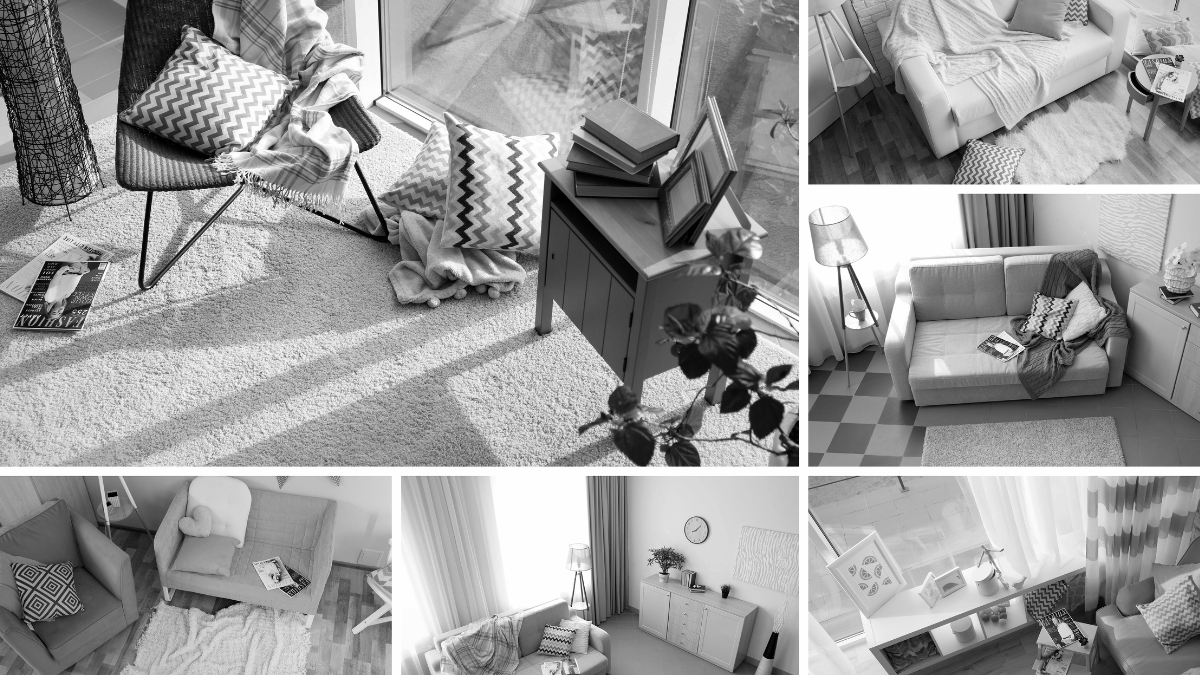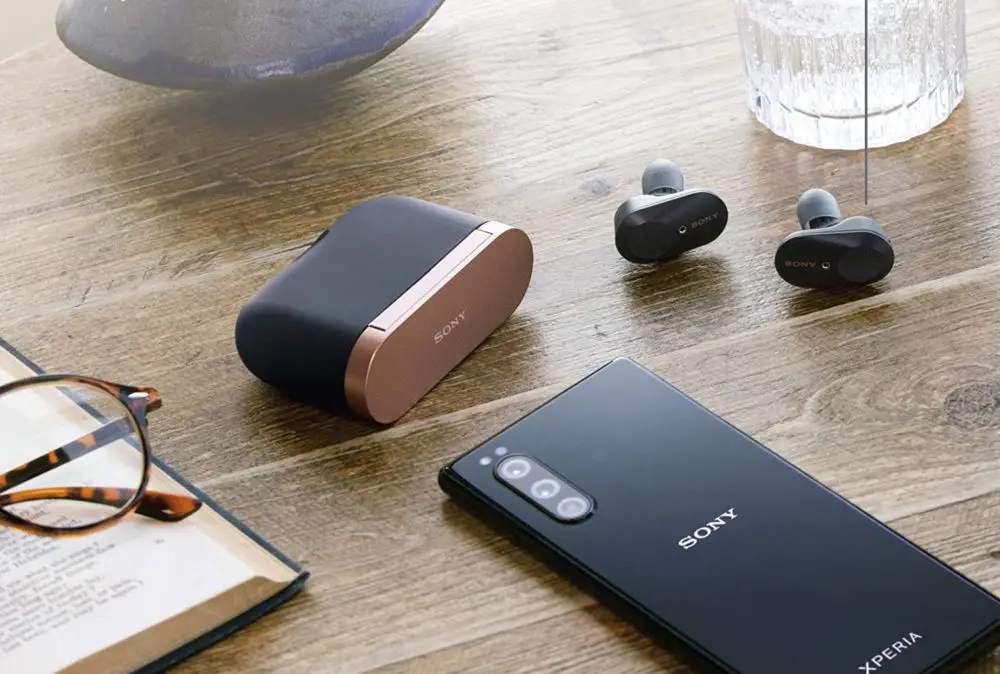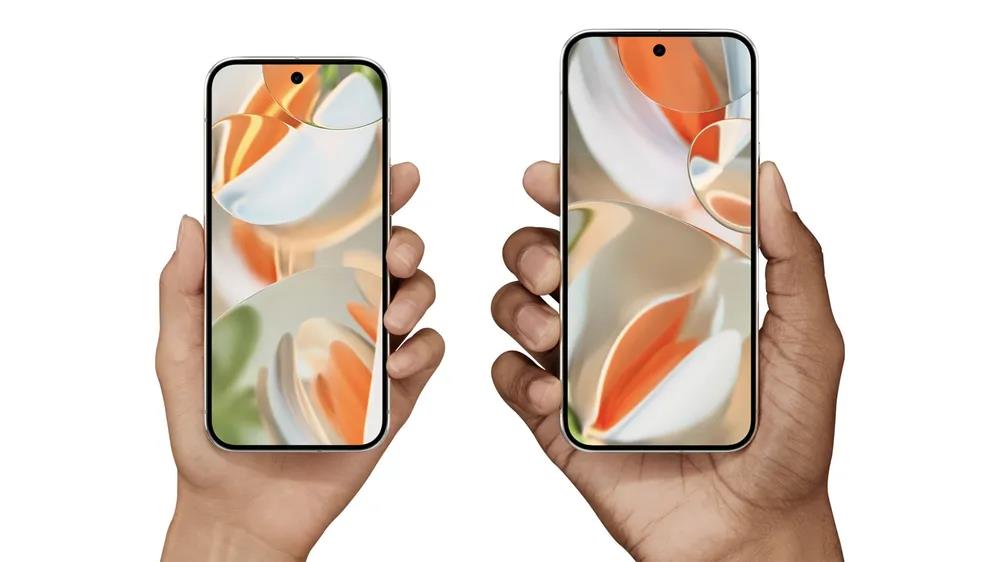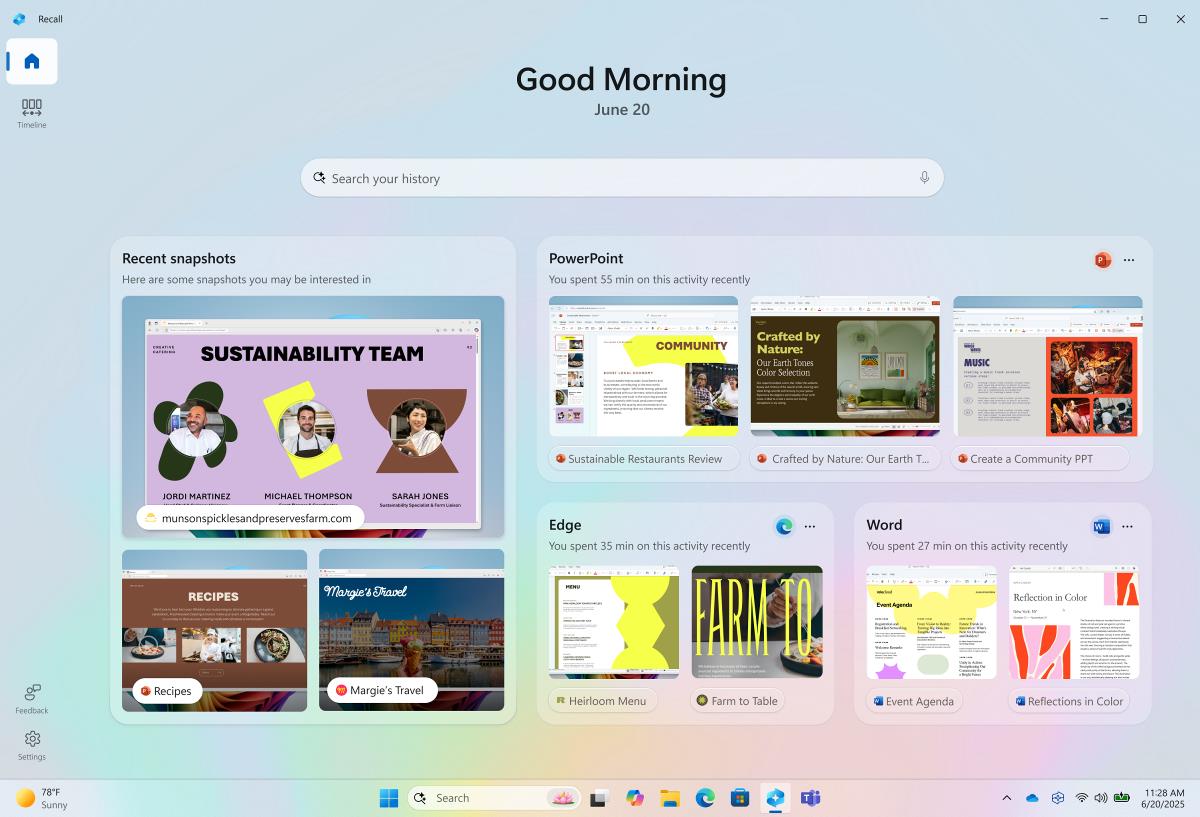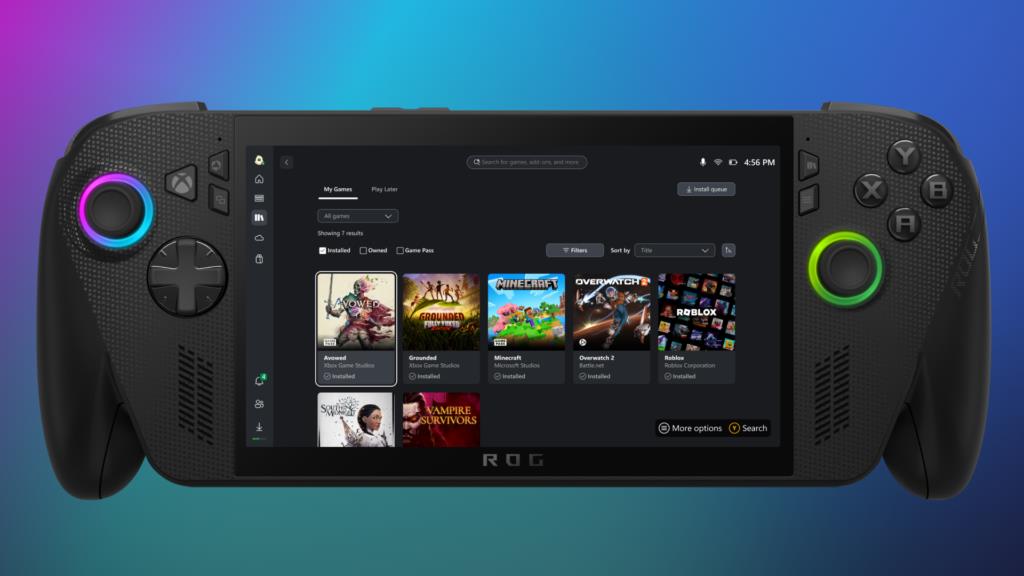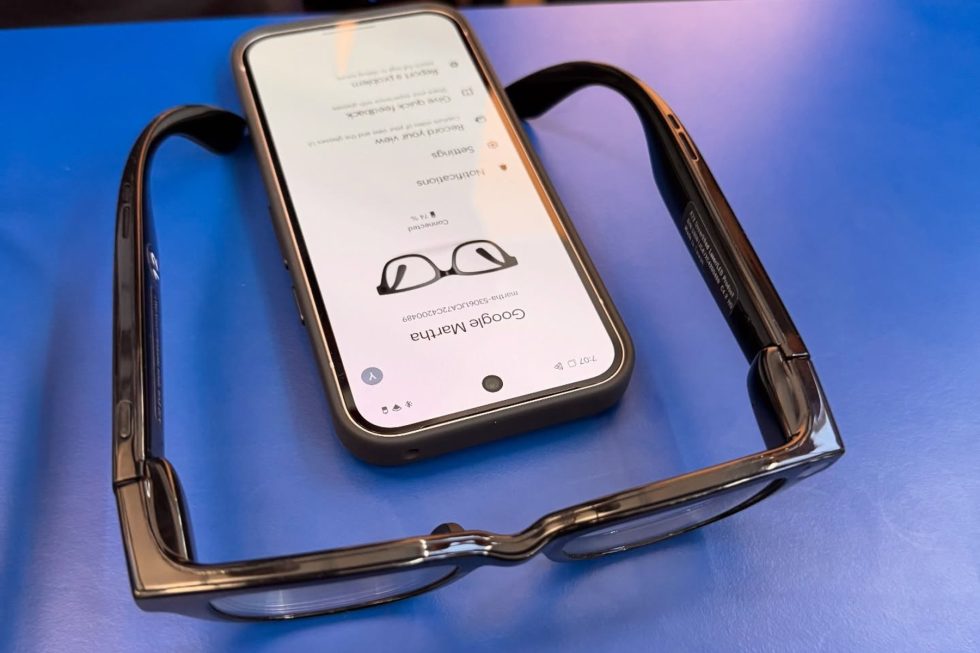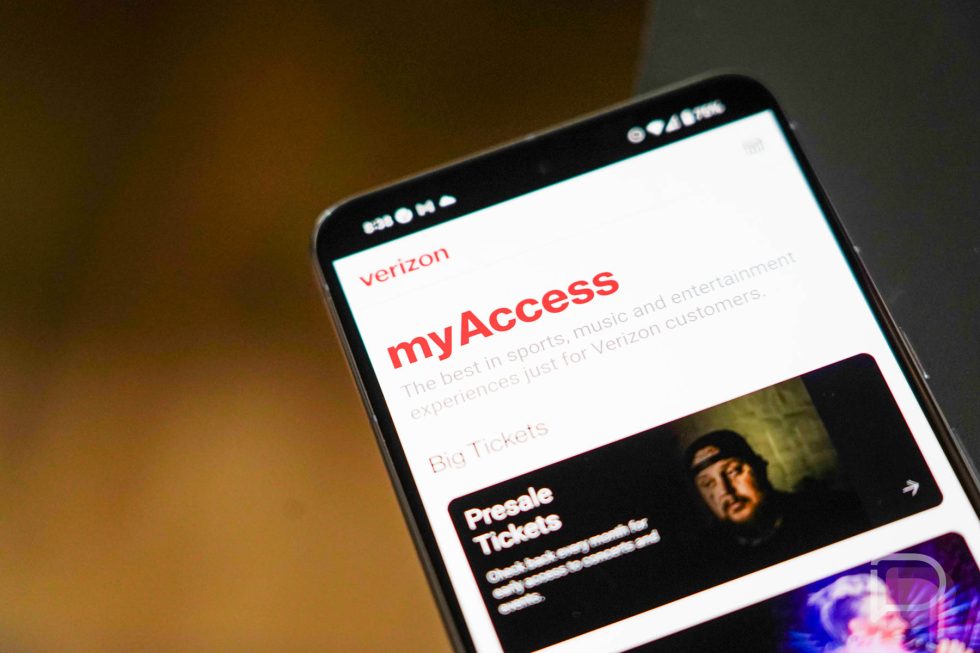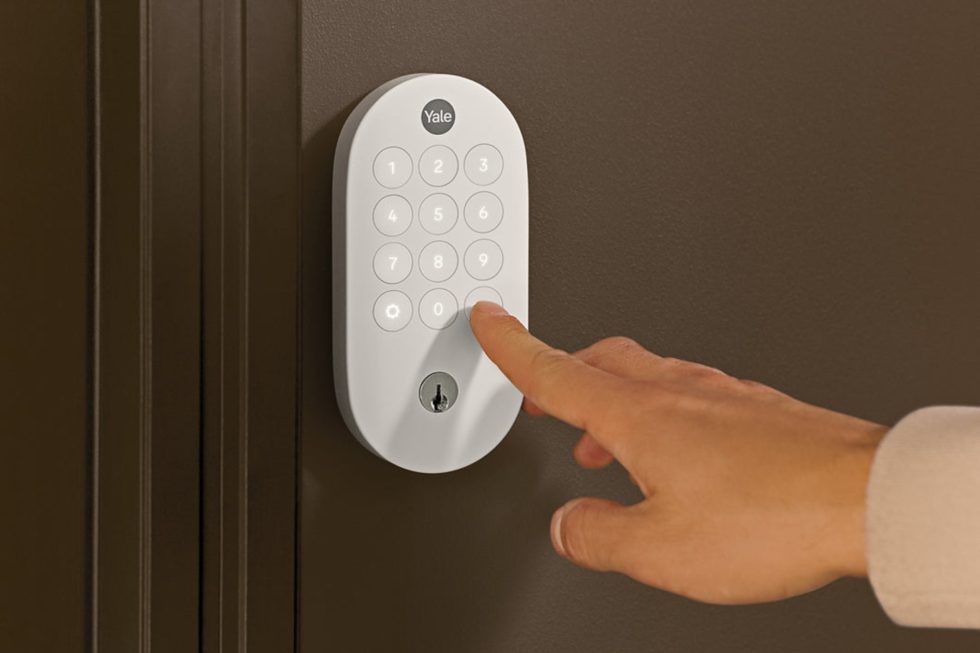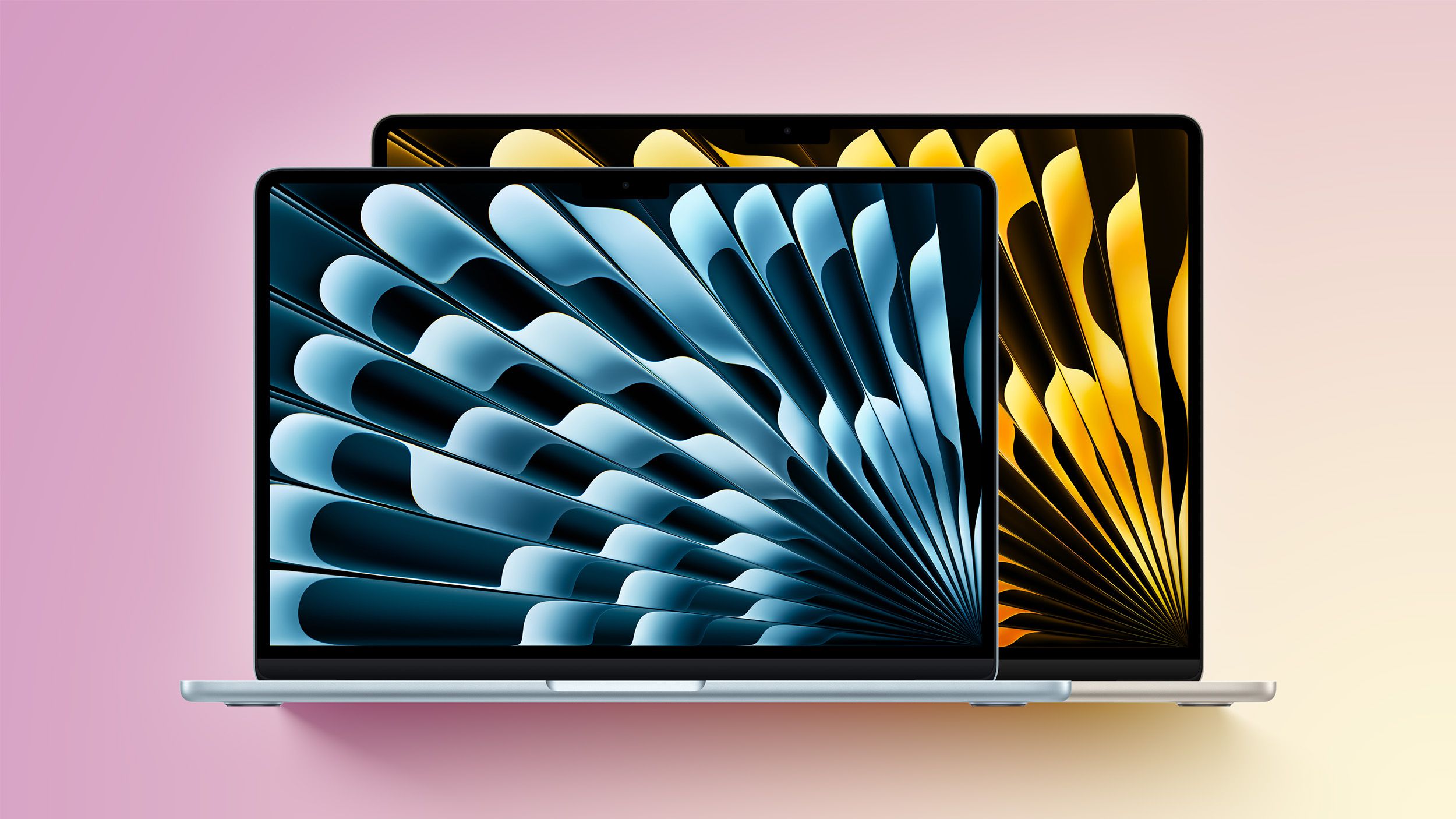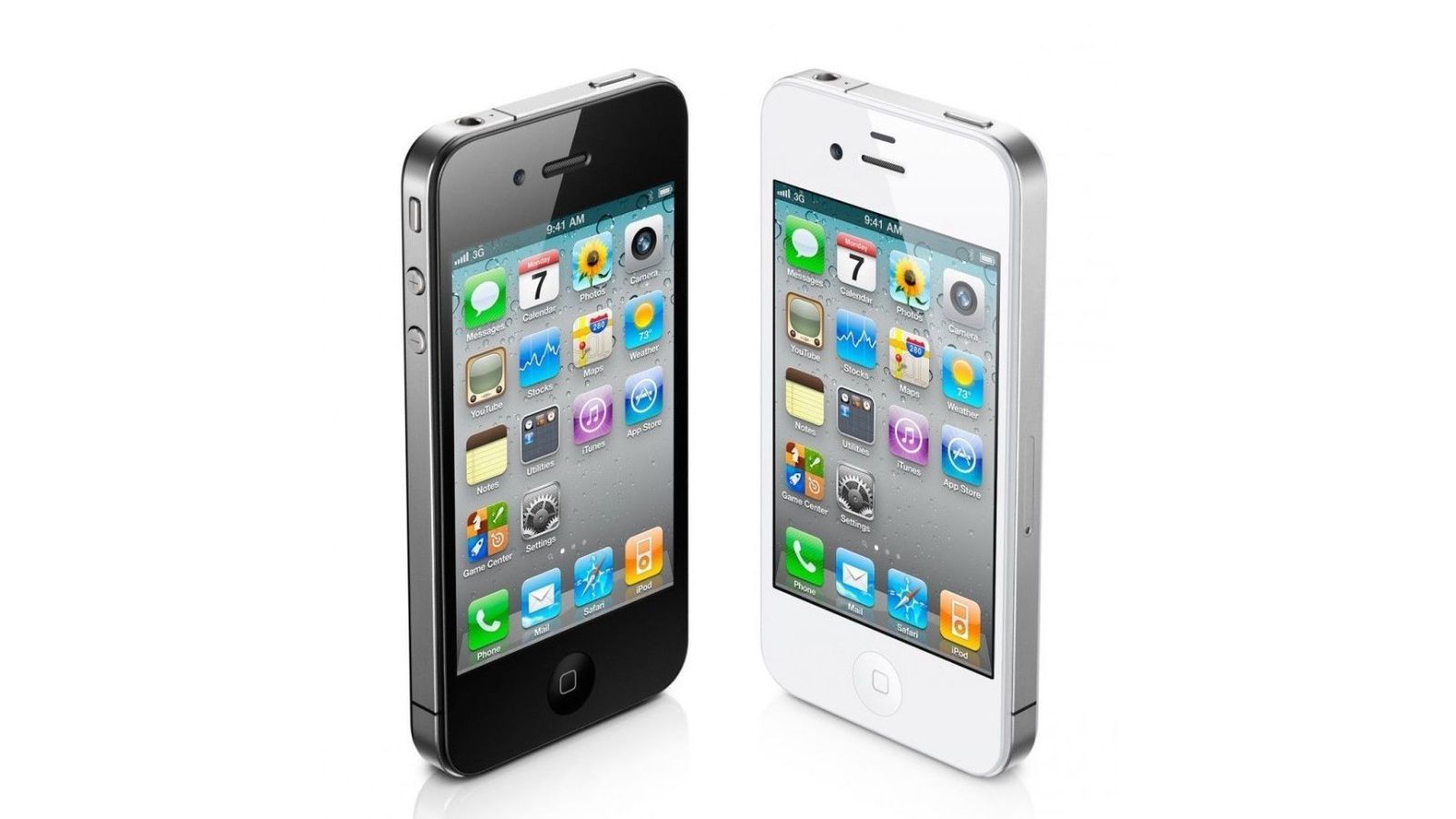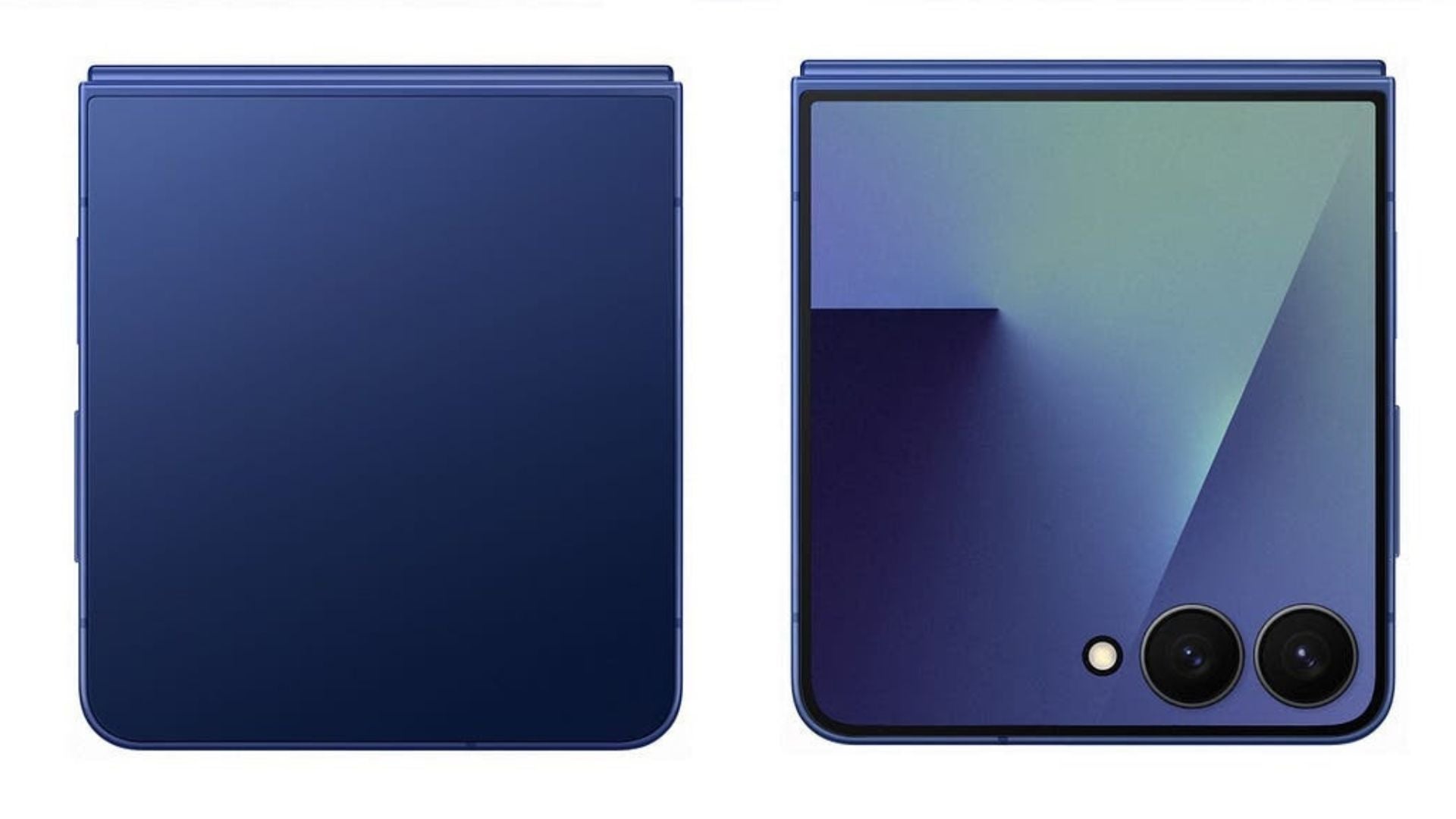UI UX Designing: Crafting Digital Experiences That Matter
In the digital era, where every click matters and every second of user attention counts, UI/UX designing ........

In the digital era, where every click matters and every second of user attention counts, UI/UX designing has emerged as one of the most vital components of product development. Whether it's a mobile app, website, or SaaS platform, good UI/UX design can make or break the user's experience. But what exactly is UI/UX designing? Why is it so important today? And how can businesses leverage it for success?
This article dives deep into the world of UI (User Interface) and UX (User Experience) design — explaining its purpose, principles, process, and impact on businesses.
What is UI UX Designing?
UI/UX designing refers to the process of creating digital interfaces (UI) and ensuring that users have a smooth and satisfying experience while interacting with them (UX). Though these terms are often used together, they serve distinct purposes:
-
UI (User Interface) is the look, feel, and interactive elements of a product—buttons, colors, icons, spacing, typography, etc.
-
UX (User Experience) is the overall journey and satisfaction of a user while interacting with the product—from onboarding to task completion.
Together, UI/UX design creates seamless, intuitive, and enjoyable experiences that not only engage users but also convert and retain them.
Why UI UX Designing is Important
A well-designed product enhances usability, accessibility, and user satisfaction. Here's why UI/UX design is critical in today’s digital world:
-
First Impressions Matter: Users often decide within seconds whether to stay on a website or app. Good UI instantly creates trust and appeal.
-
Boosts Conversions: Streamlined UX reduces friction in the user journey, increasing the chances of conversions or sign-ups.
-
Improves Retention: An intuitive and enjoyable interface encourages repeat usage and builds customer loyalty.
-
Reduces Development Costs: Investing in design early reduces rework, user complaints, and poor usability in the future.
The UI/UX Design Process
A structured design process ensures that products meet user needs and business goals. Here's a common process followed by UI/UX designers:
1. User Research
Understanding your audience is key. This involves:
-
Surveys and interviews
-
Analyzing user behavior
-
Creating user personas
2. Wireframing and Prototyping
-
Wireframes represent the basic structure of a page.
-
Prototypes simulate how the final product will function.
3. Visual Design (UI Design)
Designers add branding elements, colors, typography, and animations to enhance usability and aesthetics.
4. User Testing
Testing the product with real users helps identify pain points before launch.
5. Iteration
Based on feedback, designs are improved and refined until the optimal experience is achieved.
Core Principles of UI UX Designing
To design effectively, professionals follow certain core principles that guide decision-making:
Consistency
Design elements like buttons, fonts, and color schemes should be consistent across all screens.
Clarity
Designs must clearly communicate what actions users can take and where they are in the process.
Simplicity
Minimalist design helps users focus and reduces confusion. Less is often more in UI/UX.
Feedback
Providing real-time feedback (like button animations or loading indicators) reassures users that their action is being processed.
Accessibility
Designs must be usable by everyone, including people with disabilities. This includes color contrast, readable fonts, and keyboard navigation.
Best Practices for UI UX Designers
If you're stepping into UI/UX design or want to improve your current approach, follow these best practices:
-
Conduct regular user testing
-
Always design for mobile first
-
Keep navigation intuitive and visible
-
Limit the number of actions on each screen
-
Use whitespace to reduce clutter
-
Stick to standard UI patterns when appropriate
Popular Tools Used in UI/UX Designing
UI/UX designers use a variety of tools for different parts of the process:
-
Figma – For interface design and collaboration
-
Adobe XD – UI design and prototyping
-
Sketch – Popular for Mac-based design workflows
-
InVision – For creating interactive prototypes
-
Miro / Whimsical – For brainstorming, flowcharts, and wireframes
-
UserTesting / Maze – For gathering feedback and user insights
UI UX in Web and Mobile Development
Today, most digital products span across multiple devices. Responsive design and adaptive UX are no longer optional—they're essential.
-
Web UI/UX: Must account for different screen sizes, browser behavior, loading speeds, and SEO.
-
Mobile UI/UX: Requires thumb-friendly design, gesture support, and minimal user input.
In both cases, designing with the user in mind enhances usability and reduces bounce rates.
Common UI UX Mistakes to Avoid
Here are a few pitfalls that can hurt your product experience:
-
Cluttered interfaces with too many elements
-
Poor contrast making text hard to read
-
Unintuitive navigation or hidden menus
-
Lack of user feedback after actions
-
Ignoring mobile optimization
-
No clear call-to-action
Careers in UI/UX Designing
UI/UX designing is one of the most in-demand careers in tech today. Roles you can explore include:
-
UI Designer
-
UX Designer
-
Product Designer
-
Interaction Designer
-
UX Researcher
-
Information Architect
These roles offer opportunities to work in tech companies, startups, agencies, and even as freelancers.
Future Trends in UI UX Designing
The field of UI/UX is constantly evolving with technology. Some exciting trends shaping the future include:
-
Voice User Interfaces (VUIs)
-
AI-Powered Personalization
-
Neumorphism and Glassmorphism in UI
-
Augmented Reality (AR) Experiences
-
Design Systems and Component Libraries
-
Dark Mode Adaptation
Staying up to date with trends ensures designers continue to deliver relevant and delightful user experiences.
Conclusion
UI/UX designing is far more than just making things look good—it’s about understanding users, solving problems, and delivering seamless digital experiences. Whether you're building a website, mobile app, or enterprise software, investing in good design pays off through better engagement, higher conversions, and stronger brand loyalty.
Businesses that prioritize UI/UX design stand out in crowded markets. As technology continues to evolve, the demand for smart, user-centric design will only grow.




















































































































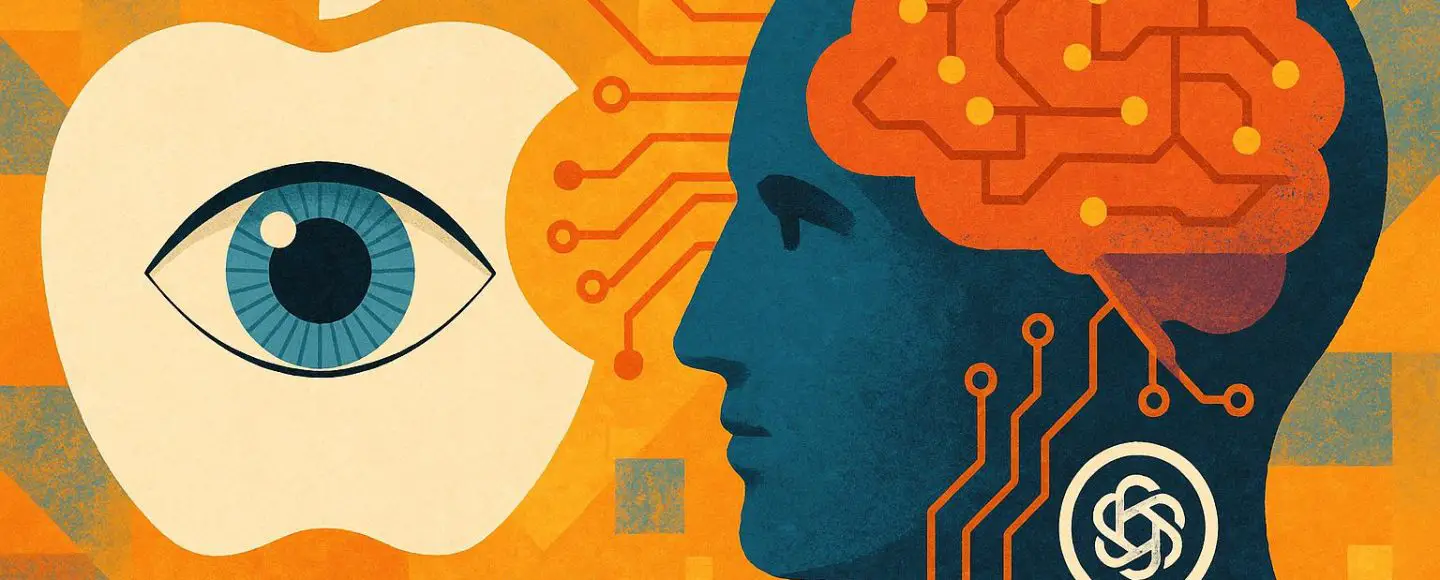
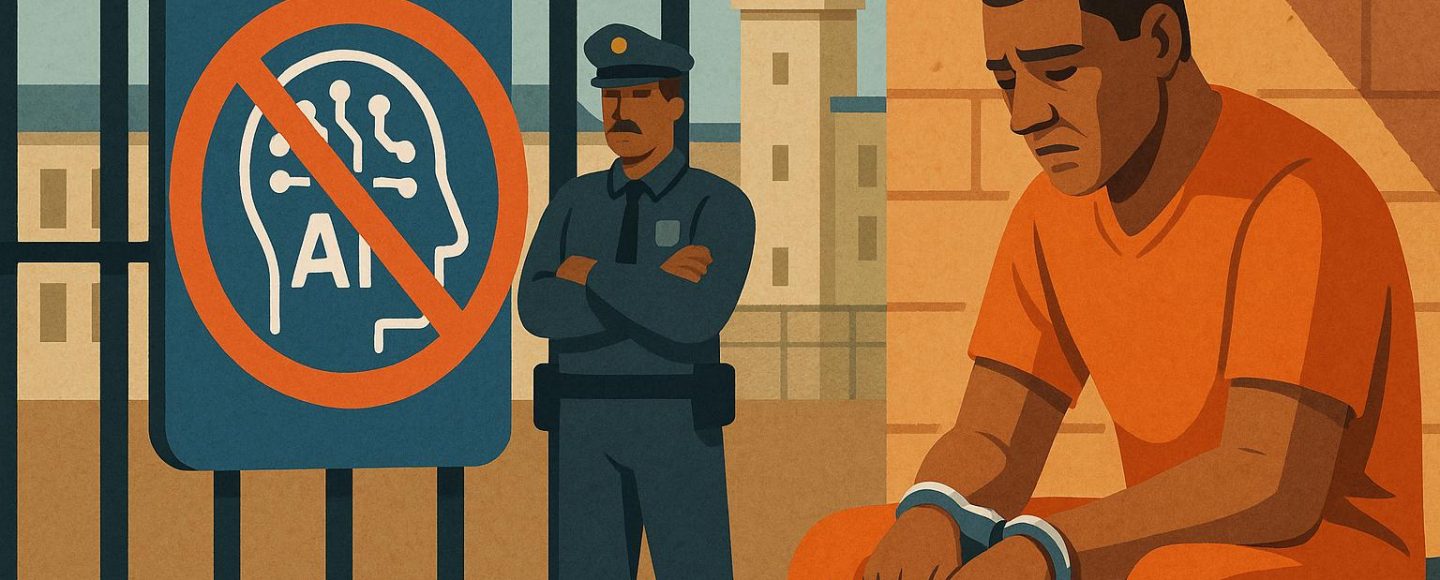
























































![[The AI Show Episode 155]: The New Jobs AI Will Create, Amazon CEO: AI Will Cut Jobs, Your Brain on ChatGPT, Possible OpenAI-Microsoft Breakup & Veo 3 IP Issues](https://www.marketingaiinstitute.com/hubfs/ep%20155%20cover.png)


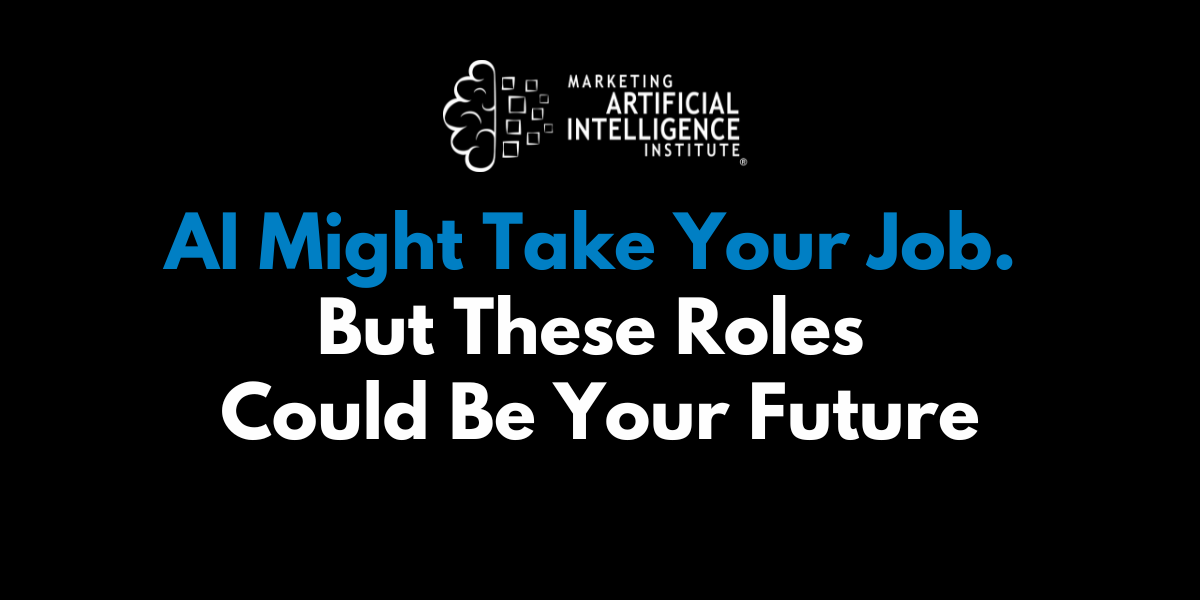























































































































































































![GrandChase tier list of the best characters available [June 2025]](https://media.pocketgamer.com/artwork/na-33057-1637756796/grandchase-ios-android-3rd-anniversary.jpg?#)










































.jpg?#)

























_ArtemisDiana_Alamy.jpg?width=1280&auto=webp&quality=80&disable=upscale#)












































































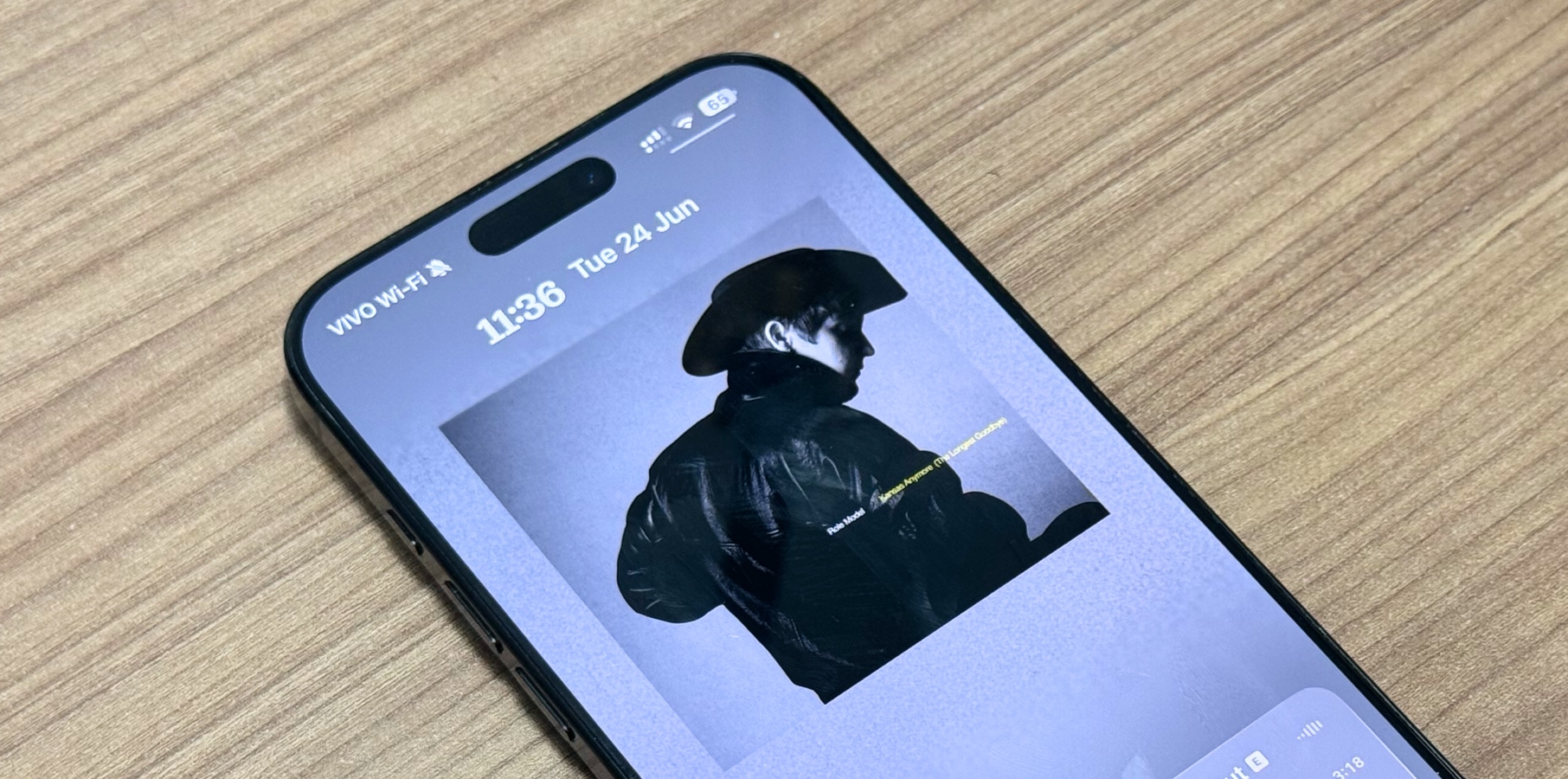








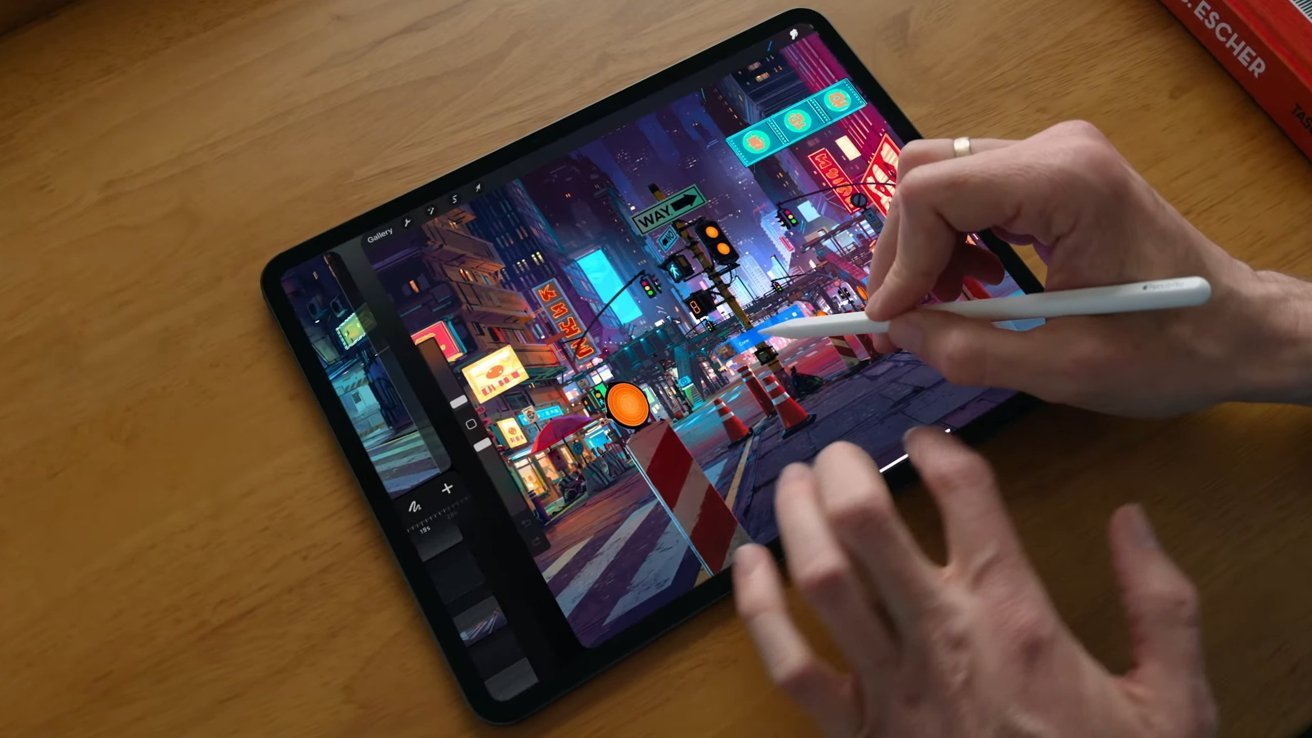




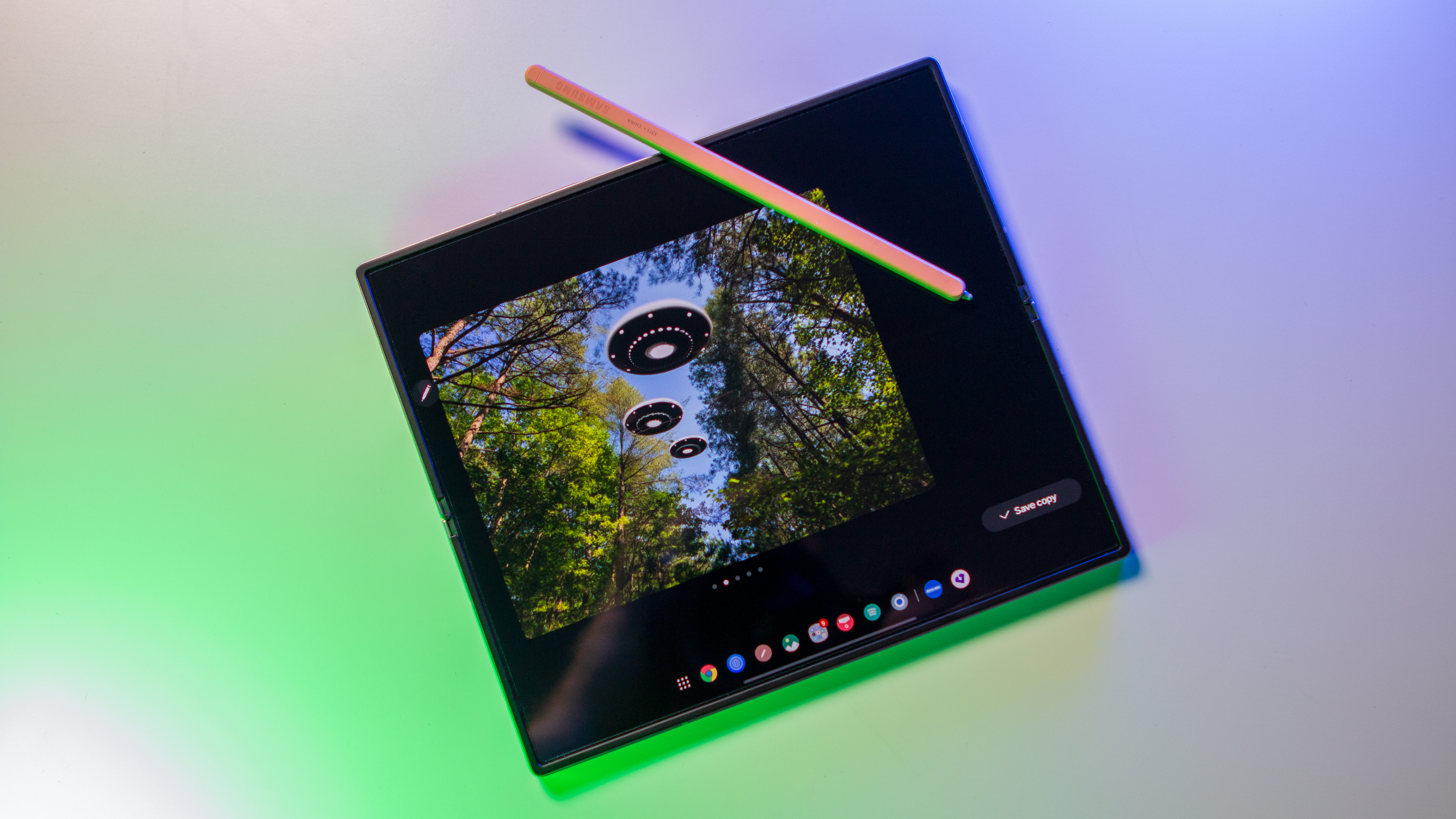





















![Apple Considers LX Semicon and LG Innotek Components for iPad OLED Displays [Report]](https://www.iclarified.com/images/news/97699/97699/97699-640.jpg)


![Apple Releases New Beta Firmware for AirPods Pro 2 and AirPods 4 [8A293c]](https://www.iclarified.com/images/news/97704/97704/97704-640.jpg)
